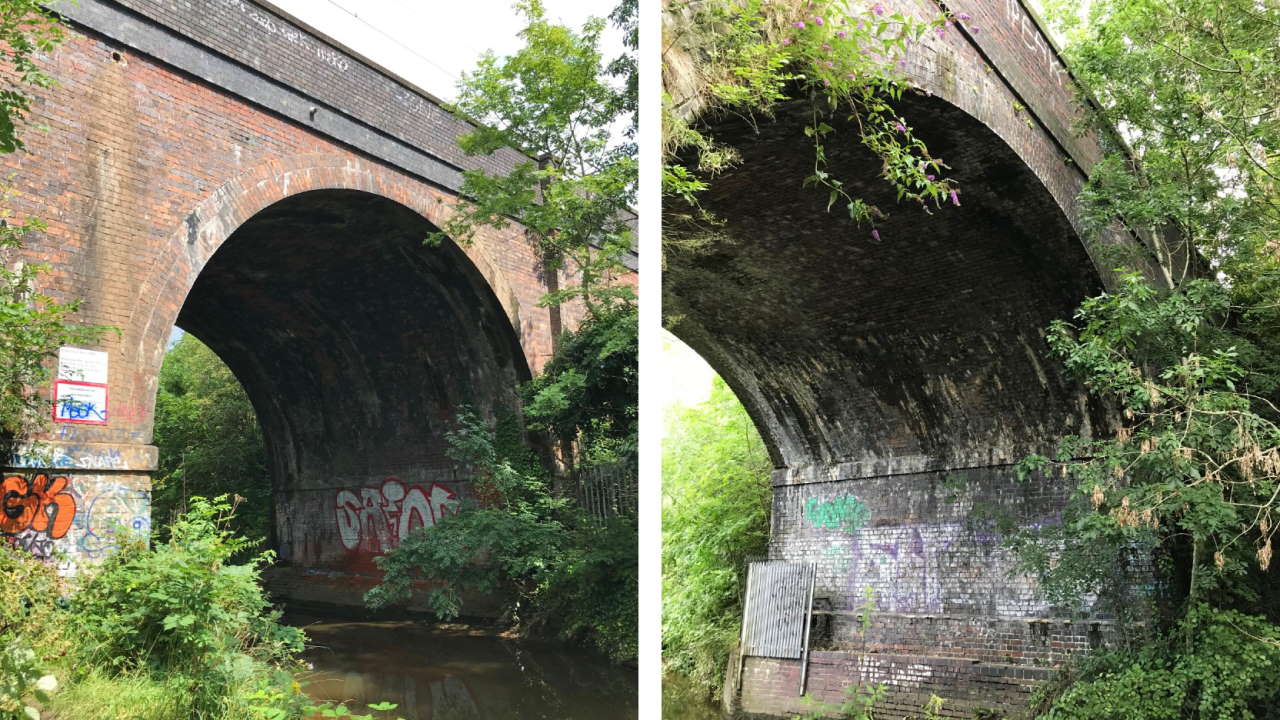Brookfields Lad
master brummie
You are correct. It's the old Birmingham Central Goods Station later replaced by 'Stanier House'
Is or was 'Stanier' house named after the railway engineer?
You are correct. It's the old Birmingham Central Goods Station later replaced by 'Stanier House'
Thanks for that, a building I have never been in.Yes, and in the foyer they used to have the nameplate off the steam engine - I think 'Sir William Stanier FRS' if I remember correctly. It had a lot of British Rail offices etc in there and they then subsequently transferred to Quayside Tower on Broad Street
Thanks for that.
What a great picture that is.Another one showing Suffolk Street and the good yard on the left.

 www.railadvent.co.uk
www.railadvent.co.uk
Bob, that is a wonderful project from both a historic and economic point of view! Thank you for sharing!Here's an interesting project.
The Great Central Railway are working hard to install a missing rail link in Loughborough.
Sounds easy enough until you see what is required.
most railways built there brickwork to last using blue brick,and the garden wall bond,a very strong type of brickwork.prob why they are still standing today.Not Birmingham but close. Took these pictures a few years ago of the skew arch of the Oxley Viaduct, and the magnificent brickwork.
View attachment 137445
View attachment 137446


great idear,thousands of trees will be saved, by making them...i hope
Great photos Pete! It also looks like they are easier to install. Certainly much lighter.
thanks p i watch themAnyone interested in Railway Architecture…On Yesterday channel, series 3 of “The Architecture the Railways Built” by Tim Dunn is starting September 2021.

|
